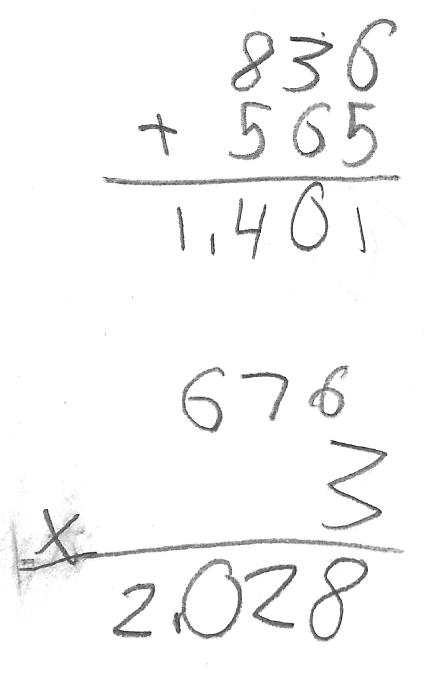 As much fun as Nitinol, FEA, moire interferometry, medical devices and all the other cool stuff I get to work on is, nothing is more rewarding and enjoyable than the couple of days a week that I teach math to kindergarten and elementary school children. I am fortunate to have been invited into my children’s Montessori classrooms on Bainbridge Island to give individual attention to the children learning math. The classrooms and schools are amazing and the Montessori curriculum is well suited to my style of individual-based learning.
As much fun as Nitinol, FEA, moire interferometry, medical devices and all the other cool stuff I get to work on is, nothing is more rewarding and enjoyable than the couple of days a week that I teach math to kindergarten and elementary school children. I am fortunate to have been invited into my children’s Montessori classrooms on Bainbridge Island to give individual attention to the children learning math. The classrooms and schools are amazing and the Montessori curriculum is well suited to my style of individual-based learning.
My role is ostensibly to work on “math facts”—to reinforce the lessons the children are getting and help each student become more proficient with basic math skills. But that is hardly where I stop at defining my job description. My primary goal is to create and foster healthy beliefs about learning math. I make it a priority to challenge every single negative belief any child may have about their ability to do math or their dislike of math. Even at this young age, these beliefs exist and threaten to lock a child away from a confident and fruitful relationship with math—at least until I get a hold of them. And I apply every thing I’ve learned about Ericsonian hypnosis, NLP and cognitive science toward this goal.
Children in K-3, especially the younger ones are in a unique place—they are just beginning to learn using our language—writing, reading and speaking with purpose. Words and their concrete representation emerge as having specific meanings. The rules and patterns behind phrases and sentences become tangible. All of the classroom subjects build off of the  foundation of language including—and especially—mathematics. Mathematics represents the quintessential subject for experiencing abstraction. Whether a person ever actually uses mathematics or not, the basic mental skills and concepts underlying math are fundamental to all learning!
foundation of language including—and especially—mathematics. Mathematics represents the quintessential subject for experiencing abstraction. Whether a person ever actually uses mathematics or not, the basic mental skills and concepts underlying math are fundamental to all learning!
I pay very close attention to how each child uses language when they approach doing math. I am always asking them to “tell me what you are saying to yourself” and I listen closely for inconsistencies, incongruence and what limiting beliefs may lurk behind their words. I use positive reinforcement and strive to keep them active and learning in all sense modalities (visual, auditory and kinesthetic). I invariably find that the children who can use their words to work through a math challenge are better able to grasp progressively abstract concepts and extend their knowledge.
I spend almost all my time modeling language patterns and pacing them through their various assignments. Keeping math fun and promoting their confidence is my guiding tactic. One of my favorite things that I’ve learned from the Montessori approach is that it is far more effective to praise the child for “doing good work” and not “for being smart”. This is because a child has control over their efforts but not their intrinsic talents.
Every time I go in to the classrooms I empty my mind and prepare to be amazed at what their effervescent minds will present me with. Their excitement and enthusiasm are infectious. I invariably walk out with an amazing story—like when I had a dialog with a five year old girl about infinity, or the time a six year old boy told me about how he learned to do multiplication in a dream.
I’m still learning what works and what doesn’t. Every child is different and their learning curves are incredibly nonlinear and unpredictable. But my experiences with them are a treasure to me. I’m eternally thankful to their teachers, their parents and especially to the children themselves, for letting me share learning with them during such a unique time.
